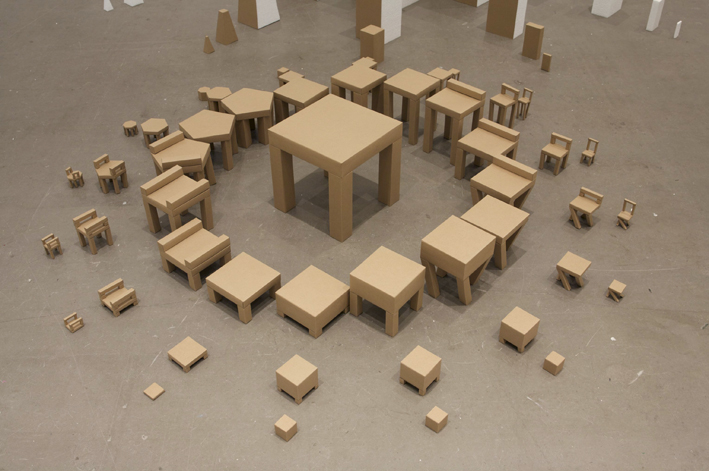
QUBIT AI: Valentin Rye
Space Odyssey 2002
FILE 2024 | Aesthetic Synthetics
International Electronic Language Festival
Valentin Rye – A Space Odyssey 2002 – Denmark
This video offers a surrealist take on futuristic sci-fi concepts from the 60s and 70s. Imagine a future colonization of Mars where interior design is given an avant-garde twist. It was created by brainstorming visual ideas, generating countless images, refining the best ones and assembling them into clips. After careful selection, these clips have been organized into a cohesive timeline, accompanied by atmospheric music to enhance the overall experience.
Bio
Valentin Rye is a self-taught machine whisperer based in Copenhagen, deeply passionate about art, composition and the possibilities of technology. He has been involved in AI and neural network image manipulation since starting DeepDream in 2015. While his IT work lacks creativity, he indulges in digital arts during his free time, exploring graphics, web design, video, animation and experimentation with images.













